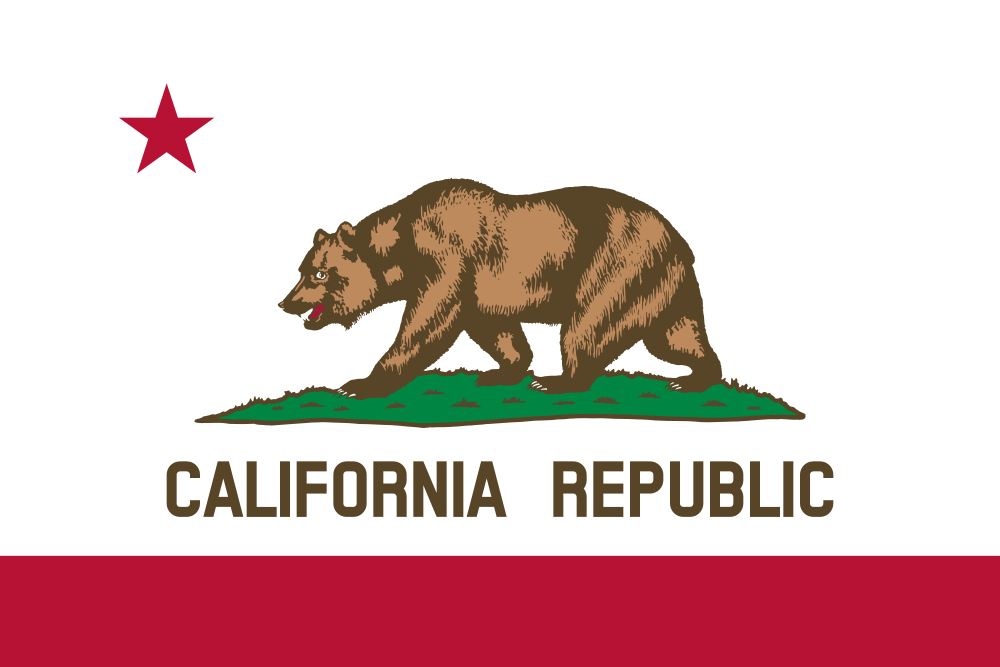The state of California has been experiencing quite the natural climate change in recent years (not supposed “man-made”), and the politicians in that state still haven’t done nearly enough to properly deal with it. That spells big trouble for the state’s nearly 40 million residents.
For natural climate change, the Golden State doesn’t need bullet trains. It needs reservoirs.
The last major reservoir built in California was New Melones in Calaveras County, completed 40 years ago in 1979 when the state’s population was 23 million. The state’s reservoir capacity has barely increased since then, while the population expanded by more than two-thirds, to more than 39 million today.
For California, rather than saving for a rainy day, as the expression goes, the state desperately needs to save the rainy day for the drought.
The effects of California’s nearly six-year drought that ended in early 2017 were exacerbated by the failure of the state’s political class to continue expanding reservoir capacity as the population grew. Finally, in 2014, the state put up a $7.5 billion water bond referendum, which the voters overwhelmingly approved. Yet only about one-third of this funding will finance new reservoirs, which are being planned, but still years away from completion, and likely will cost much more than was bonded.
Even after California finally experienced robust rainfall in 2017, statewide drought conditions returned last year. Since then, more precipitation has come, especially in January of this year, which has replenished much of its reservoir capacity – except it is not enough. One estimate has the state’s “water storage deficit” at 13 trillion gallons. In fact, when rain is copious, some existing reservoirs have had to release excess water, in one recent example at the rate of 2 million gallons per minute. This problem would hardly matter if more water could be held elsewhere.
California, along with the rest of the world, experiences natural climate change— not supposed “man-made”—all the time, since time began. This is not because of gas-guzzling SUVs, incandescent light bulbs, cow flatulence, or private planes flown by Hollywood and Silicon Valley elites (many of whom preen the loudest about supposed “man-made” climate change). Call it Acts of God, Mother Nature, or something else. Neither human activity nor the capitalist system plays a role.
What is alarming about the climate situation in California is the state’s abysmal failure to capture enough rainfall, when it is abundant, for use when climate changes yet again – to another drought period.
In short, what happens to the state’s environment and, more importantly, its people, when there continues to be inadequate supplies of water?
California’s political class, which obsesses over “man-made” climate change, has been environmentally derelict due to its abject failure to add reservoir capacity. In effect, they have wasted precious water when it was available, which will always lead to environmental damage from the subsequent lack of this precious commodity during droughts – not to mention the harm to the state’s vital agricultural economy and its 39 million residents. As an example, the six-year drought killed more than 102 million trees in the state’s 7.7 million acres of forest.
California’s political class must do much more to fix this problem by making it a real priority to add to the state’s water supply. After all, previous governors and legislatures for decades through the 1970’s managed to build needed reservoirs, which made feasible the Golden State’s post-war prosperity and population growth. It’s not unprecedented. So, why can’t this present-day bunch do the same?
With laws like the federal Endangered Species Act and California’s own Environmental Quality Review Act, infrastructure projects take much longer to build especially when environmental groups use the courts to block construction. But this legal system of impediments that was put in place by politicians to protect the environment can be revised by politicians to meet the larger environmental need to harness and store more water from rain and snowmelt.
While it’s too much to expect, California’s political class should jettison their computer-driven fantasies about what may or may not be the planet’s climate conditions at the next turn of the century, eight decades from now, about which they can do nothing.
There is little indication the politicians in California will grasp this message. Instead, they will likely continue to blame floods and droughts on “man-made climate change,” tell people to stop watering their lawns among other restrictions, and impose still more irrelevant laws that won’t bring another drop of water when it’s needed (e.g., banning plastic straws and paper receipts).
Until the California political class gets real about natural, immediate climate change—starting by building reservoirs to hold more water—Californians will suffer again when dry conditions inevitably return.
